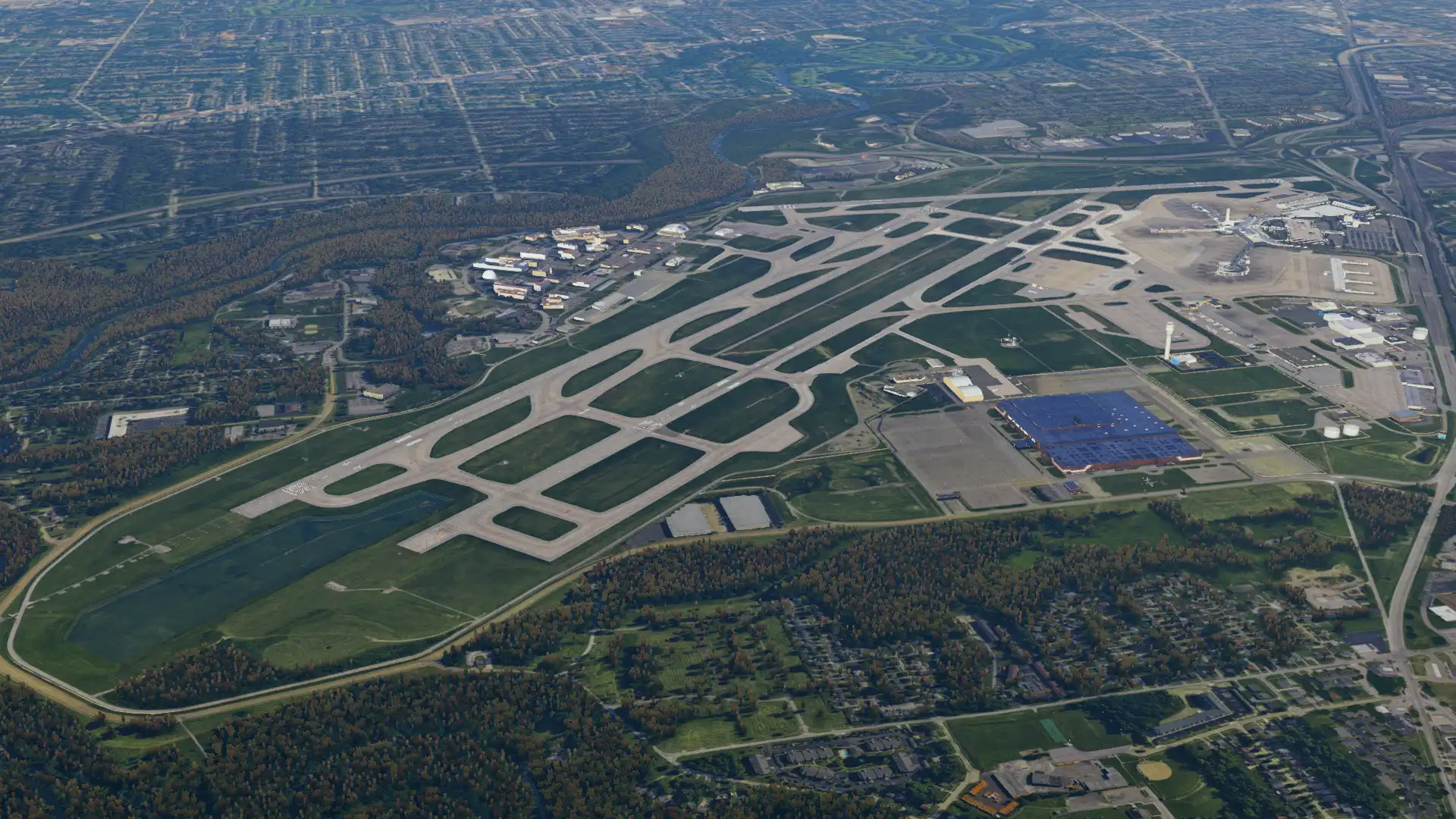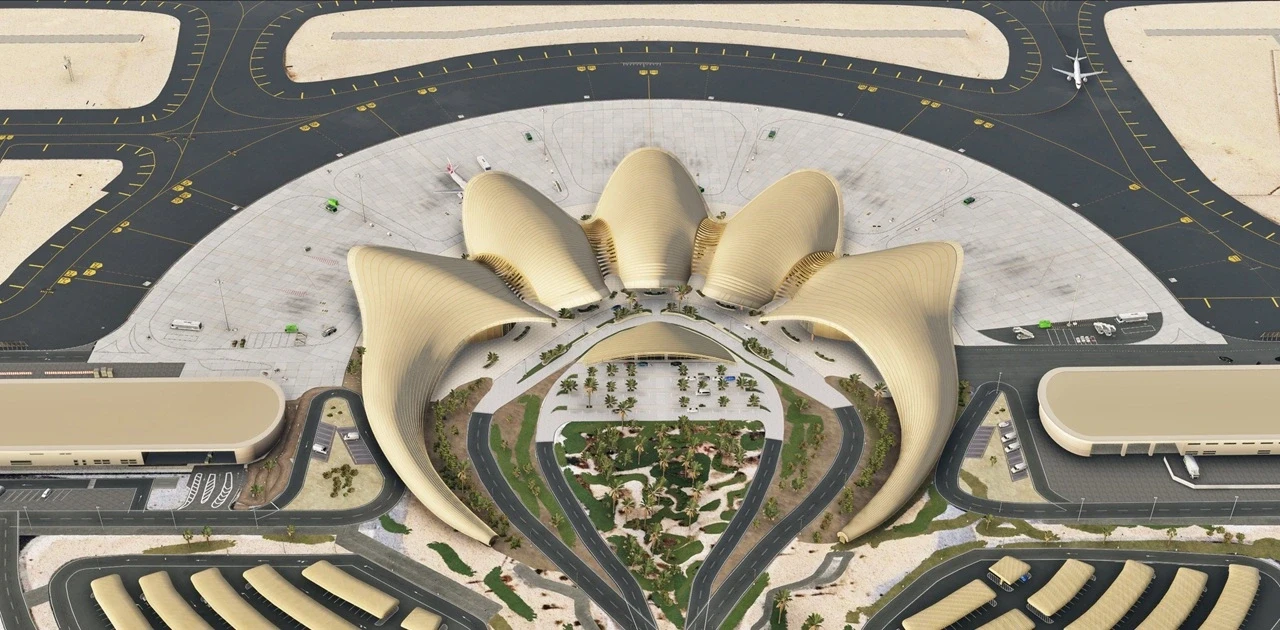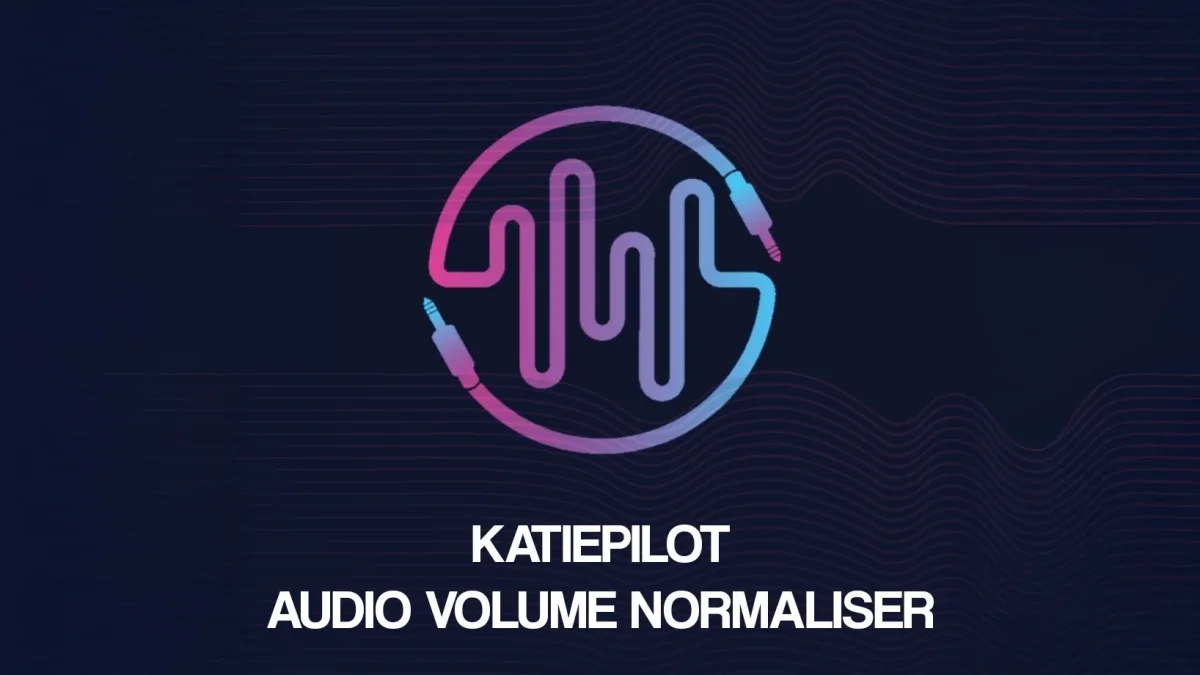Who Are FlyByWire Simulations? Meet the Faces Behind Microsoft Flight Simulator’s Most Popular Mod
December 20, 2020
Developer
FlyByWire Simulations burst onto the Microsoft Flight Simulator scene just after the release of the platform and have taken the community by storm with their modification to the default A320neo, quickly becoming one of the most popular in the scene.
The group have already amassed almost 40 real-world Airbus pilots, 20 aviation engineers and over 100 contributors in the short time since their foundation.
Threshold sat down with some just a few of the project’s contributors, including leaders in the visual, systems and sound departments. In this three part series, we aim to give some insight into the inner workings of FlyByWire Simulations, how they came to be and where they’re going in the future.
In this first instalment, we speak with Iceman, founder and leader of FlyByWire Simulations. In part two, we go in-depth on systems and sound with ThePilot and Boris, the leaders in their respective departments.
Finally, in part three, we take a deep dive into visual modelling in Microsoft Flight Simulator, with a specific focus on the A32NX and A380X with developers Pleasure and DarkOfNova.

Without further ado, let’s begin. First question. Tell us about FlyByWire Simulations - how did you all meet and form the group?
>> Iceman: I originally started the group at the end of July, when the media embargo was lifted for MSFS. I’m a huge fan of Airbus aircraft, and when I saw just how much functionality was lacking in the default A320neo, I saw an opportunity to step in and start work on a freeware mod, similar to Zibo’s work on the default X-Plane 737.
I made a post on Reddit asking if anyone was interested in working on the mod, and started a Discord with everyone who reached out to me.
_
Indeed, the FlyByWire Discord server was created on the 1st of August 2020 and according to the latest statistics, now has over 20,000 members and growing at a quick pace. If you’d like to join the chat server for yourself, you can do so here.
How do you feel now you’ve got such widespread attention in the community?
>> Iceman: It feels great. Having this level of attention has been extremely beneficial, especially with how many developers and contributors have jumped on the project.
At the time of this interview, we currently have over 110 and counting.

Do you have an aviation background?
>> Iceman: I don’t have any true aviation background, but I’ve been interested in civil aviation and flight simulators as far back as I can remember.
Do you have any developers that you look up to? Any developer or “thing” that inspires you?
>> Iceman: Two projects that immediately come to mind are Zibo 737 in X-Plane 11 and the A320 family in FlightGear.
They’re excellent examples of just how much freeware can accomplish, and definitely an inspiration to me personally.
_
An excellent observation about freeware in flight simulation there. Now that we know a little more about your background, let’s move on to some questions more specific to development at FlyByWire.
Recently, FBW announced a new project: the A380. How significant of an undertaking is this for you and how much of the A32NX is transferable to the new plane?
>> Iceman: It’s a massive undertaking, but I have full confidence this team will be able to handle it.
The main limitations are the sheer depth of the A380’s systems, and the fact it is much harder to find documentation and references for the plane. So it obviously won’t be as in-depth as we hope the A32NX will be, but still plan to make it simulate all normal conditions and perhaps a few common failure scenarios.
The great thing about Airbus aircraft is just how much commonality a lot of their systems share, so some things like fly-by-wire, autopilot, PFD, and ND can be reused from the A32NX and modified to accurately simulate the A380.
Does the existing A320NX platform limit your development capabilities to expanding the plane? (e.g. potentially doing visual edits to the 3D model)
>> Iceman: Yes, the main obstacle to building off of the existing Asobo A320neo is the fact that we currently can’t modify the 3D model, because it uses a lot of custom extensions to the GLTF model.
We currently have one of our developers working on our own Blender importer and exporter for this custom GLTF format, so we’ll be able to change the model once that’s completed.
_
A few teasers of what is to come regarding the Blender exporter were shared at the beginning of this month by the FlyByWire team, comparing versions of the export tool just two weeks apart.
The developer aimed to show the pace at which development is being completed on this exporter, as the tool is not finished yet.
The top clip is the ‘before’ clip, with the ‘after’ video attached below that.
Back to the interview: looking to the future, where do you see FlyByWire Simulations in a year’s time?
>> Iceman: I hope to see the A320 in a stable state, with much of the core functionality (especially autopilot and electrical/hydraulic systems) functioning properly.
I’m also looking forward to flying our A380 by then - obviously, its systems and avionics will be far from complete, but it’s an important milestone.
As a follow up to that, being that you are spearheading Microsoft Flight Simulator development, how do you see the sim platform as a whole in the future?
>> Iceman: It will become the predominant consumer platform given enough time, without a doubt. Asobo’s team is really dedicated, and I believe in a year’s time we will see a lot of the major sim issues fixed and the SDK expanded upon even more.
I’m quite surprised to see so many payware developers still launching new products for Prepar3D and X-Plane 11 - they’re still great sims, but by the time those products are completed, MSFS will have reached maturity and it won’t make sense from a business perspective to target any other platform.
With the introduction of the Coherent engine, developing for MSFS is probably easier than any other sim. The engine allows us to write avionics and systems code in Javascript, as well as hot-reload and debug right in the simulator, speeding up the development process significantly.
Recently, we’ve seen FlyByWire at the top of the ‘wishes’ section of Microsoft’s Feedback Snapshot diagram and mentioned in a few blog posts. Have you had any official communications with Microsoft? If so, do they bode well for the future?
>> Iceman: Yes, we reached out to Microsoft and we’ve been able to establish a solid line of communication. It’s extremely refreshing to see a publisher/developer interested in working closely with freeware third-party developers, and I believe this does bode well for the future - we just have to be patient.
_
That’s all for part one of our series about FlyByWire Simulations. We’d like to thank Iceman for giving up some of his valuable time to speak with us about FlyByWire Simulations and Microsoft Flight Simulator as a whole. His developer insight is very much appreciated!
Stayed tuned for part two, which will cover the A32NX’s systems and sound departments with each area’s head developer, ThePilot and Boris respectively.
The article will be out in the next week and will be followed shortly thereafter by part three, which includes a deep dive into visual modelling in Microsoft Flight Simulator.
Stay up to date on all the latest flight simulation news with Threshold. Enable notifications for our website to never miss a beat in flightsim, or follow us on social media for up-to-the-minute information right in your news feed - on Facebook, Twitter or even on our Discord chat server.
Share this page
COMMENT ADVISORY:
Threshold encourages informed discussion and debate - though this can only happen if all commenters remain civil when voicing their opinions.






.webp)





